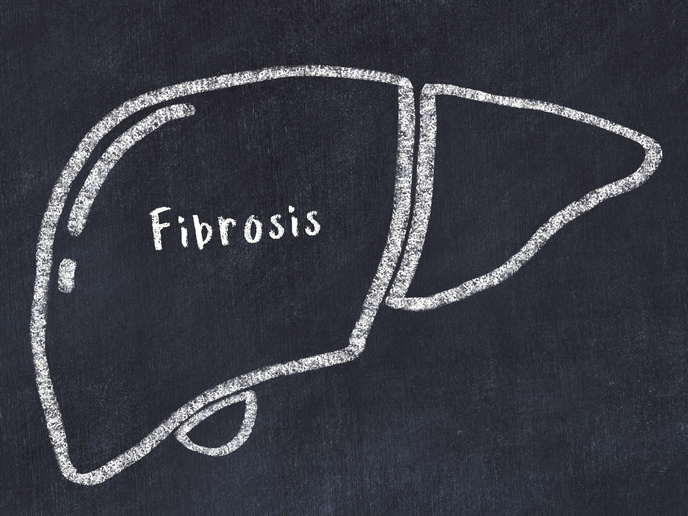Understanding human immune responses
Infections have shaped the human immune system, with genetic variability contributing to differing levels of susceptibility to infections. For example, fungi such as Candida albicans are ubiquitous colonisers of human skin and mucosa. Fungal pathogens like this invade the host when the host’s defence is diminished, and the combination of fungal and bacterial colonisation modulates mucosal and systemic immune responses. Despite its commonality, little is known about the complex interaction between fungal and bacterial colonisation, or about how this interaction affects the host genome and its immune system. The EU-funded SYSBIOFUN project aimed to describe the host and environmental factors that influence immune responses in general and, in particular, antifungal host defence. To achieve this, project researchers first set out to describe normal human immune responses in healthy volunteers and, second, to identify the defects that lead to infection in patients. An extensive study The SYSBIOFUN project is one of the very few – and most extensive – studies on the system biology of human immune responses. ‘Never before has a study approached the topic of anti-fungal immune responses in such a comprehensive way,’ says project Coordinator Mihai Netea. ‘By recruiting large groups of healthy volunteers and patients and using deep immunological phenotyping, we successfully identified completely new aspects of antifungal immunity.’ Specifically, the project used a systems biology approach to describe several crucial aspects that characterise immune responses in antifungal immunity. This included, for example, a description of the role of both the genetic and non-genetic factors that influence human host responses. The project also identified the role that microbiome has on influencing human immune responses and novel susceptibility factors for fungal infections. Laying the groundwork for new therapies The project successfully mapped the landscape of interaction between the fungal colonisation, bacterial flora (the microbiome) and the genetic and immunological make-up of the host. ‘Our breakthrough was the identification of the variability of host factors and the pinpointing of the importance of gender and age in treating patients with infections – all of which are essential to understanding how an individual will react to a disease,’ says Netea. ‘This information allows us to identify who is more likely to develop a severe fungal infection and in which patients these infections will be most severe.’ Netea adds that researchers now have a clear translational and clinical basis from which they can propose new approaches to therapy.’ Based on the results obtained in the SYSBIOFUN project, researchers now intend to develop personalised immunotherapy for treating severe infections, meaning treating each patient according to their unique background and particularities, for which a proof-of-principle clinical trial is already underway. Furthermore, a new public-private partnership with the EU has been launched to assist with developing new pharmacological agents for treating sepsis patients.
Keywords
SYSBIOFUN, immunity, bacterial infections, fungal infections, microbiome







